Digital Camera World Verdict
The OM System OM-5 is a magnificent midrange camera that offers flagship features and all-purpose performance in a compact, affordable package. It has been criticized in some quarters for not offering the same sea change as the OM-1, but for our money this offers the OM-1's coolest tricks in a much more pocketable body – making this your perfect daily driver when you want to go on an adventure (or you want to be prepared for one) with a camera that's there if you need it, and doesn't compromise on quality.
Pros
- +
7.5 stops of stabilization
- +
IP53 weather sealing
- +
Live ND filters
- +
Microphone jack
Cons
- -
20.4MP core resolution
- -
Single card slot
- -
Micro HDMI / Micro USB
- -
Can't charge while shooting
Why you can trust Digital Camera World
The OM System OM-5 may be the first 'Olympus camera' not to bear the iconic brand name, but the familiar logo is the only thing that's missing here – this is a camera that lives up to the Olympus legacy and expands on it in a number of worthwhile ways.
If you hadn't joined the dots, the OM System OM-5 is the successor to the Olympus OM-D E-M5 Mark III (and thankfully does away with the alphabet soup nomenclature). This means it is the manufacturer's 'middle camera', sitting between the flagship OM System OM-1 and the entry level Olympus OM-D E-M10 Mark IV (which will be rechristened the OM-10 upon the next model).
Where the OM-1 is the top tier system for professionals and photography experts, the OM-5 is built to deliver many of the flagship's best features in a body that's smaller, lighter, and built for those who want to go on an adventure and take a photograph, rather than those who want to go on a photographic adventure.
So what does that mean, and how does it stack up to the best Olympus cameras?

OM System OM-5 review: Specifications
Sensor: 20.4MP Live MOS
Image processor: TruePic IX
Mount: Micro Four Thirds
ISO range: 200-25,600
Shutter speeds: 1/8000-60s (up to 30m in Bulb)
Image stabilization: 5-axis IBIS, up to 6.5 stops (7.5 with Sync-IS lenses)
Max image size: 5184 x 3888 pixels
Max video resolution: 4K 30p, C4K 24p, 1080p 120p
Max burst: 10fps mechanical shutter, 30fps electronic
Viewfinder: 2.36m dot OLED, 100% coverage
Memory card: 1x SD UHS-II
LCD: 3-inch, 1.04m dot, vari-angle touchscreen
Size: 125.3 x 85.2 x 49.7mm
Weight: 366g (body only)
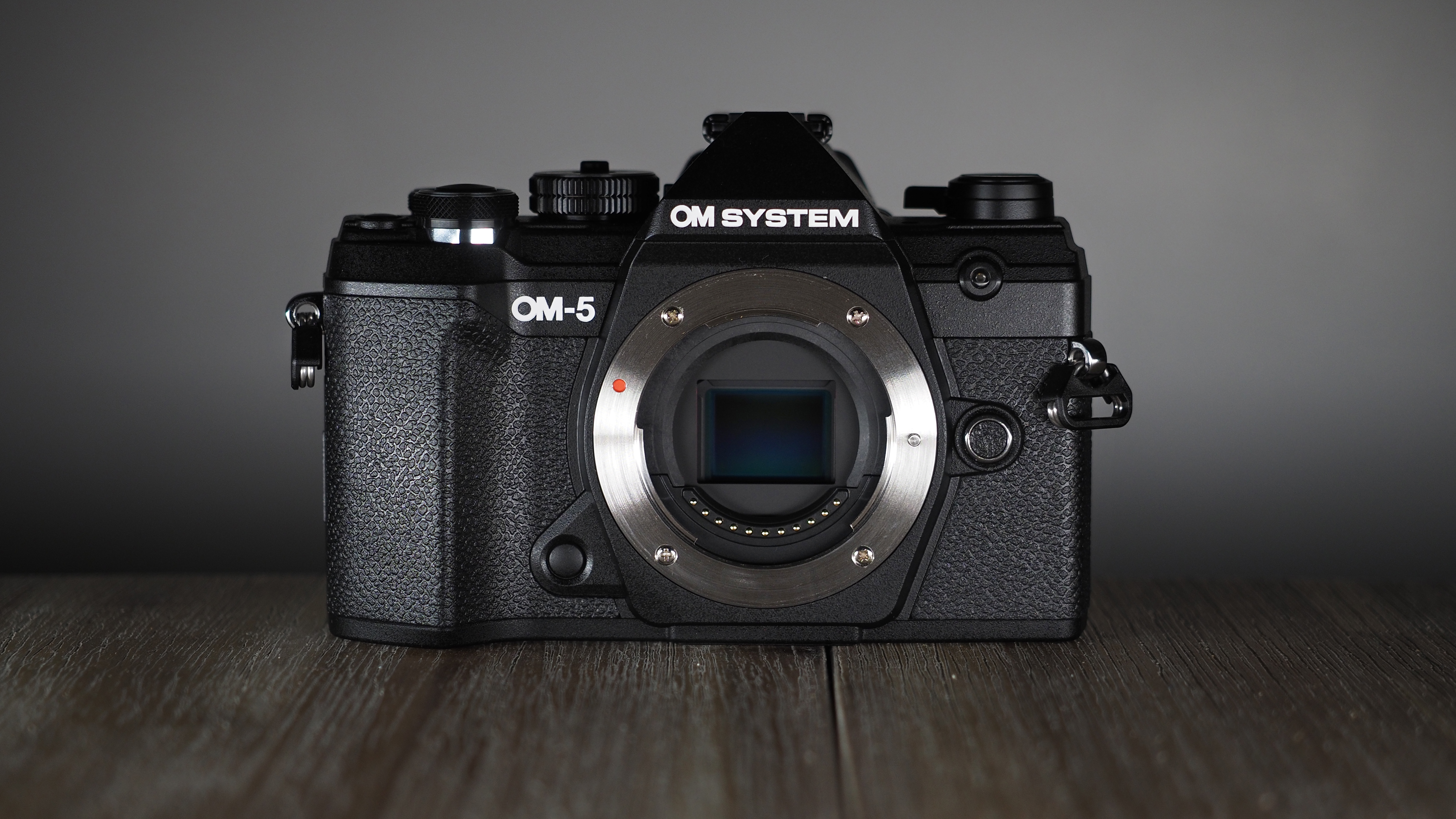
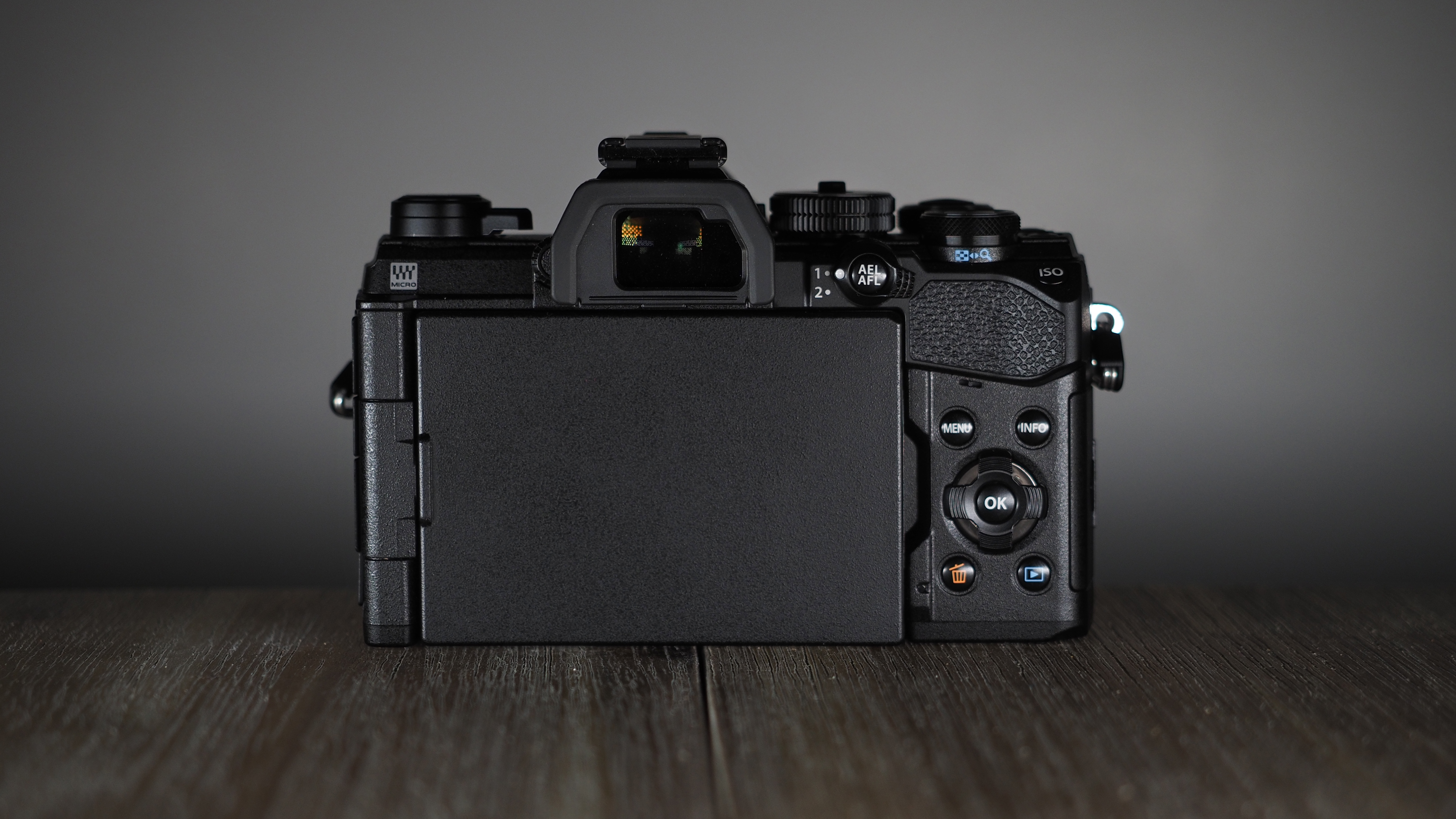
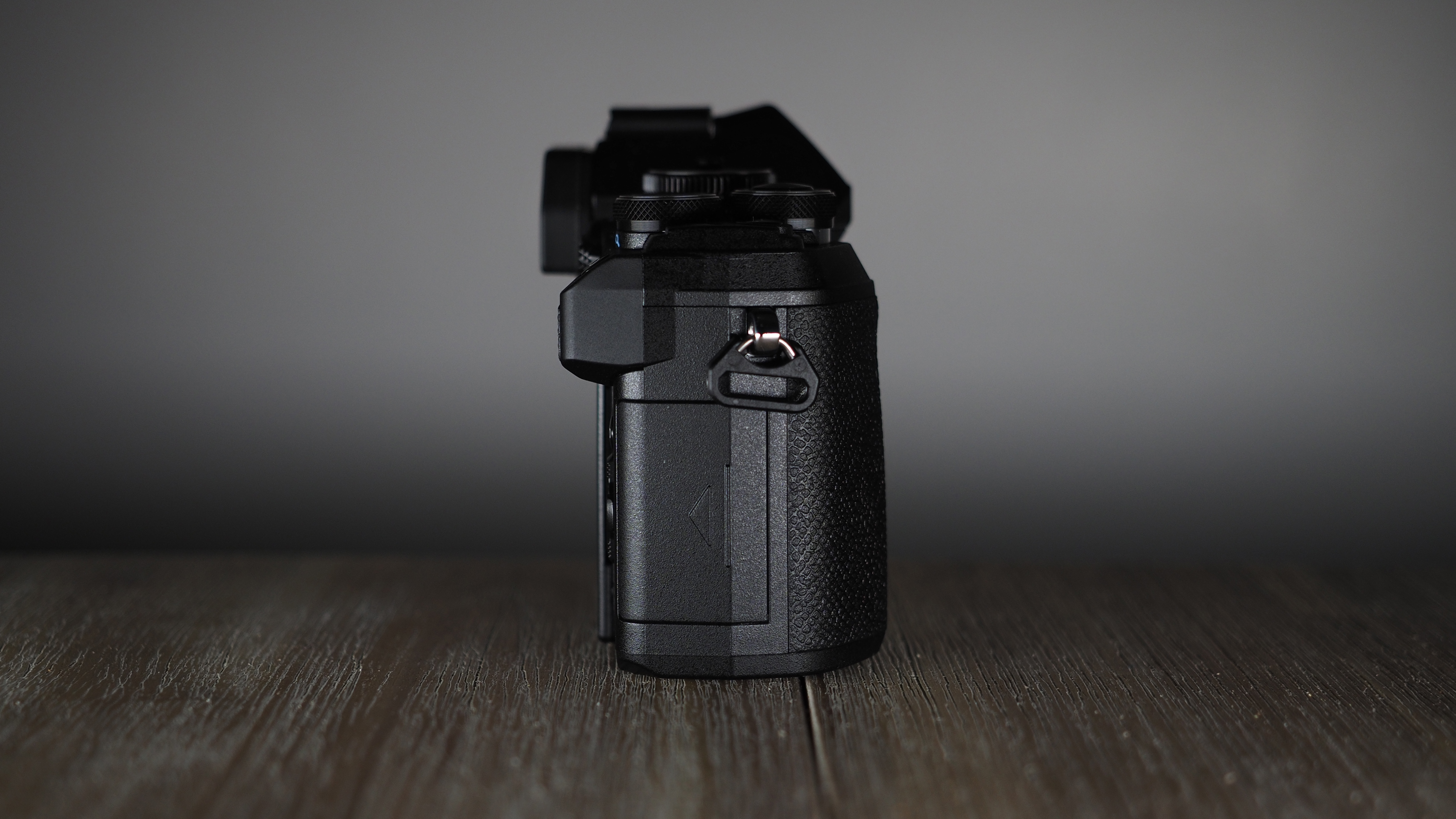
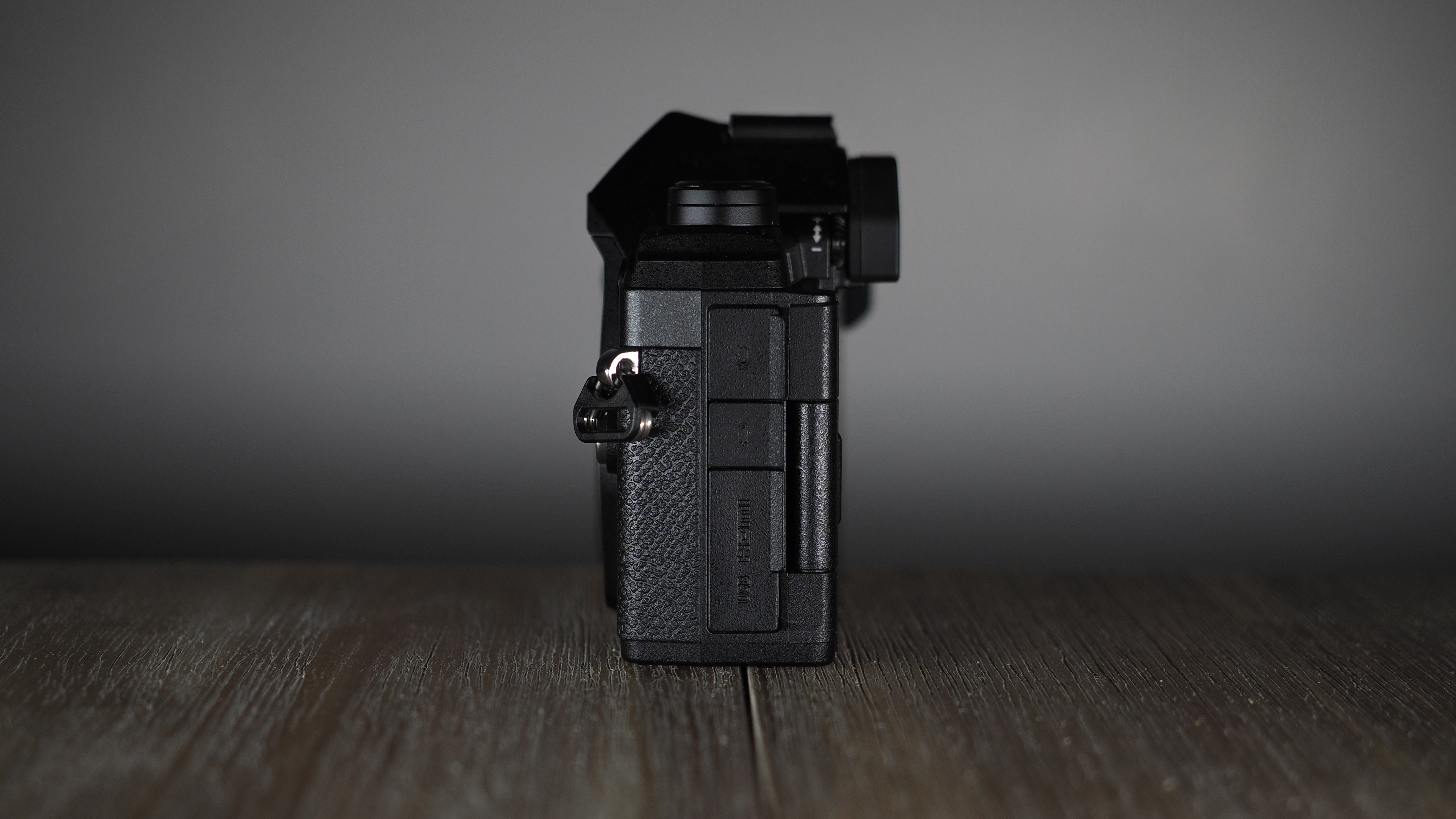
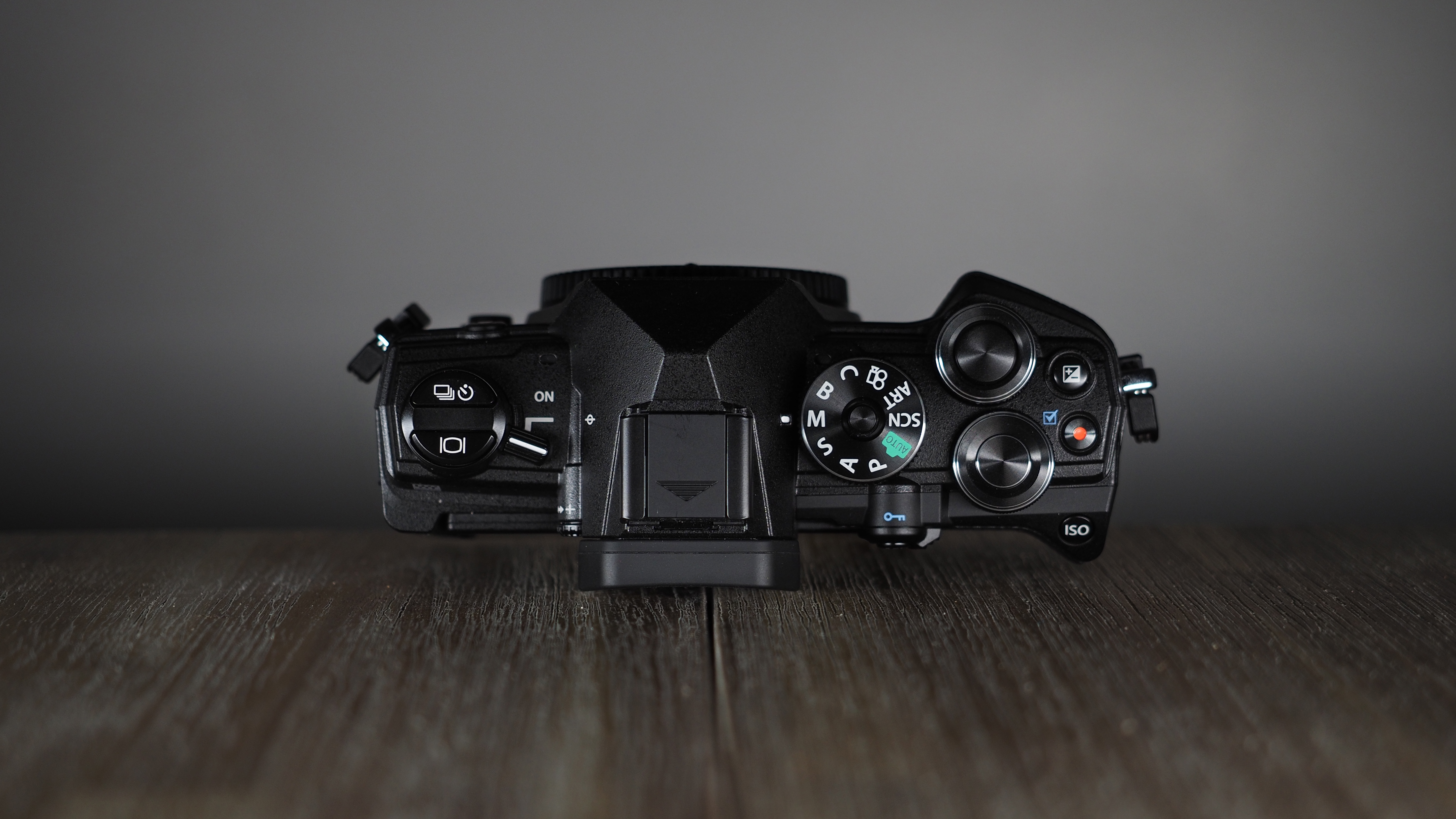
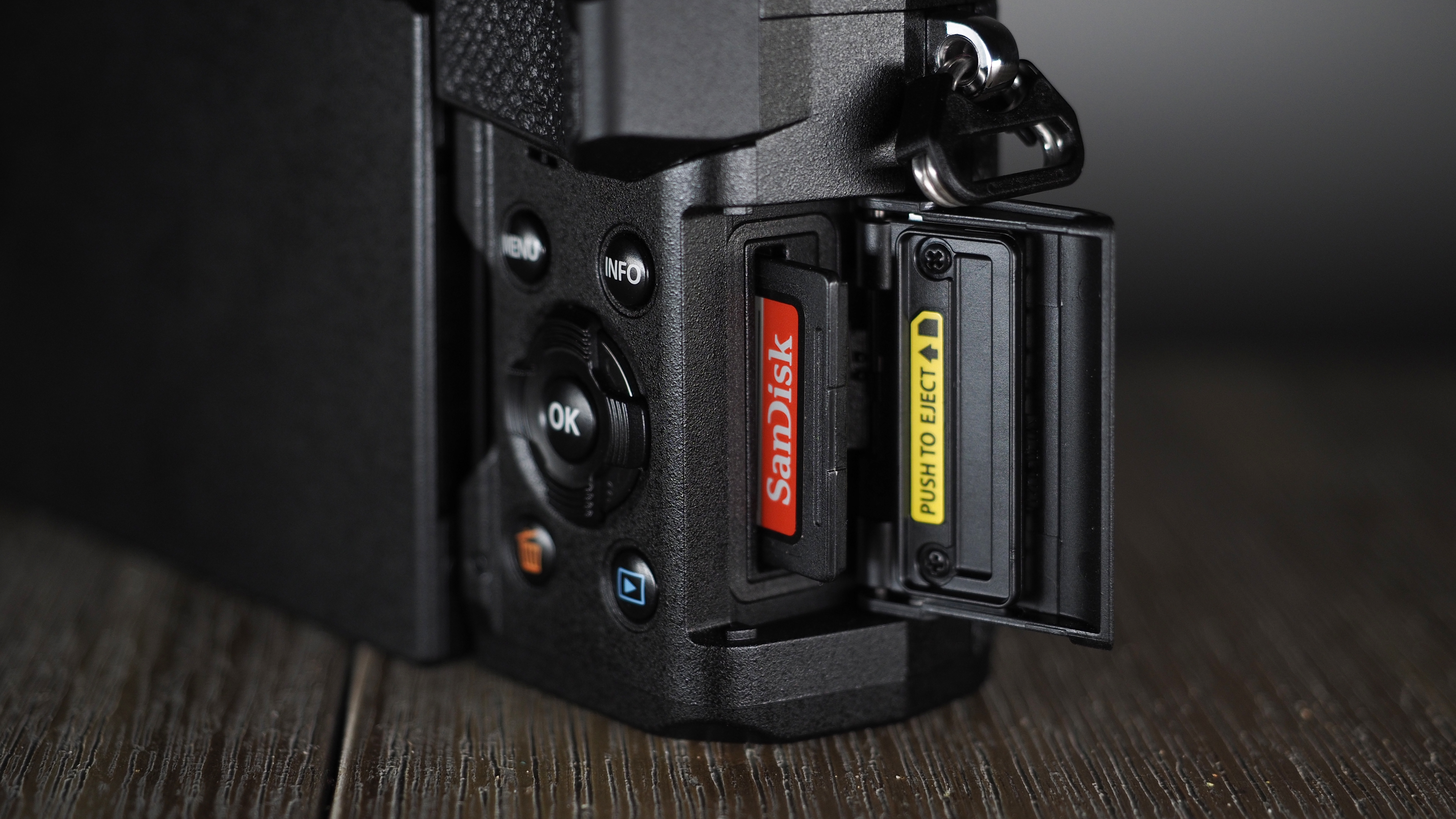
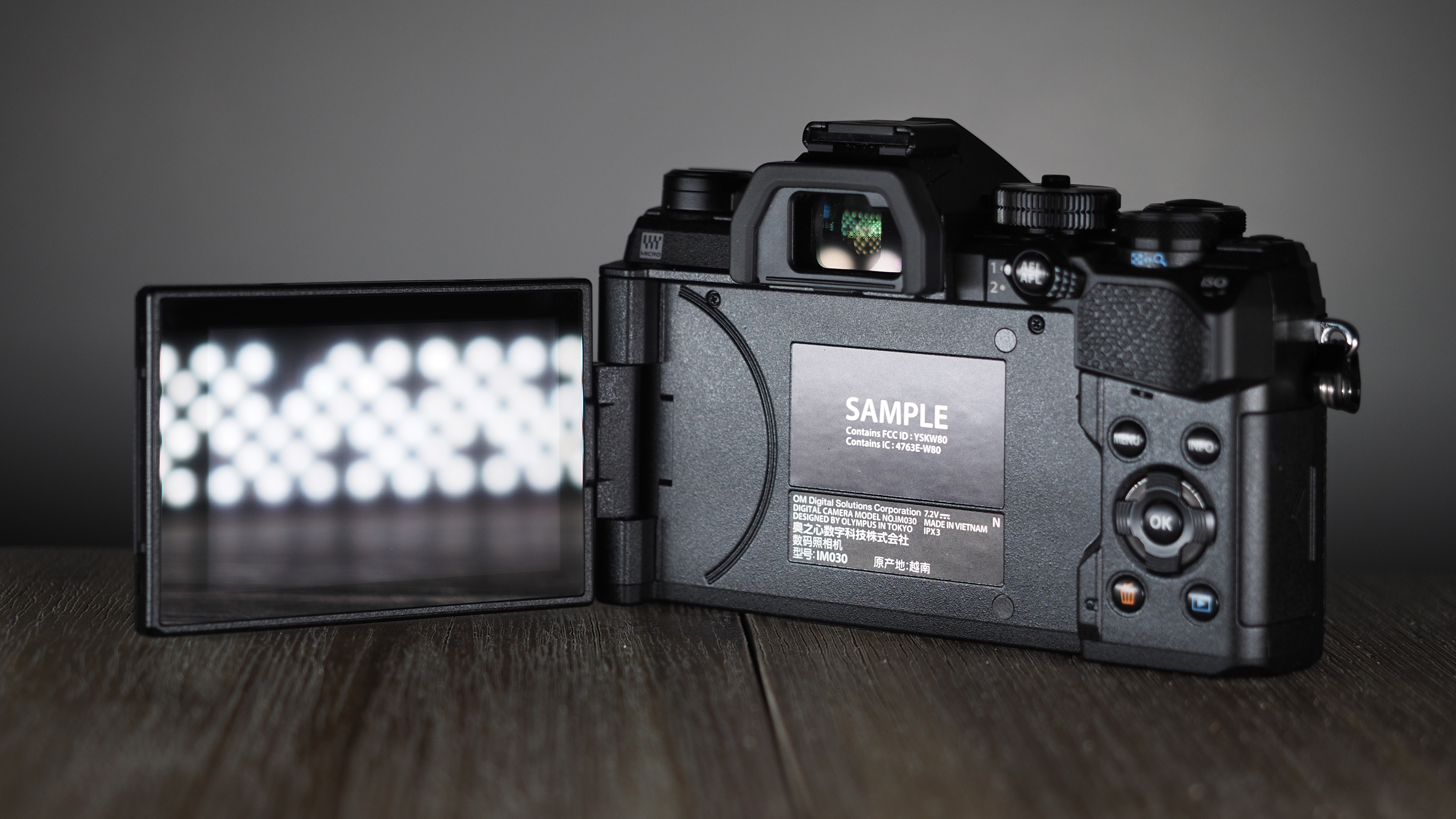
OM System OM-5 review: Key features
The OM System OM-5 features the same 20.4MP sensor as the E-M5 Mark III, but it's paired with an updated TruePic IX processor to squeeze even more computational cleverness out of the body – and this is where it truly shines.
It boasts the brilliant Live ND filters, which offer a software-driven alternative to using neutral density filters up to ND16 (4 stops). This means you can get those silky water shots without the need for filters – or, indeed, a tripod. That's because the in-body image stabilization has been boosted by 15% to 6.5 stops as standard, or 7.5 stops when paired with one of the Sync-IS lenses.
All this feeds into the ethos of this camera: a body that you can take on an adventure, spot a photo opportunity, and still get those great shots – even without taking a tripod, packing filters, or having to think about other cumbersome accessories.
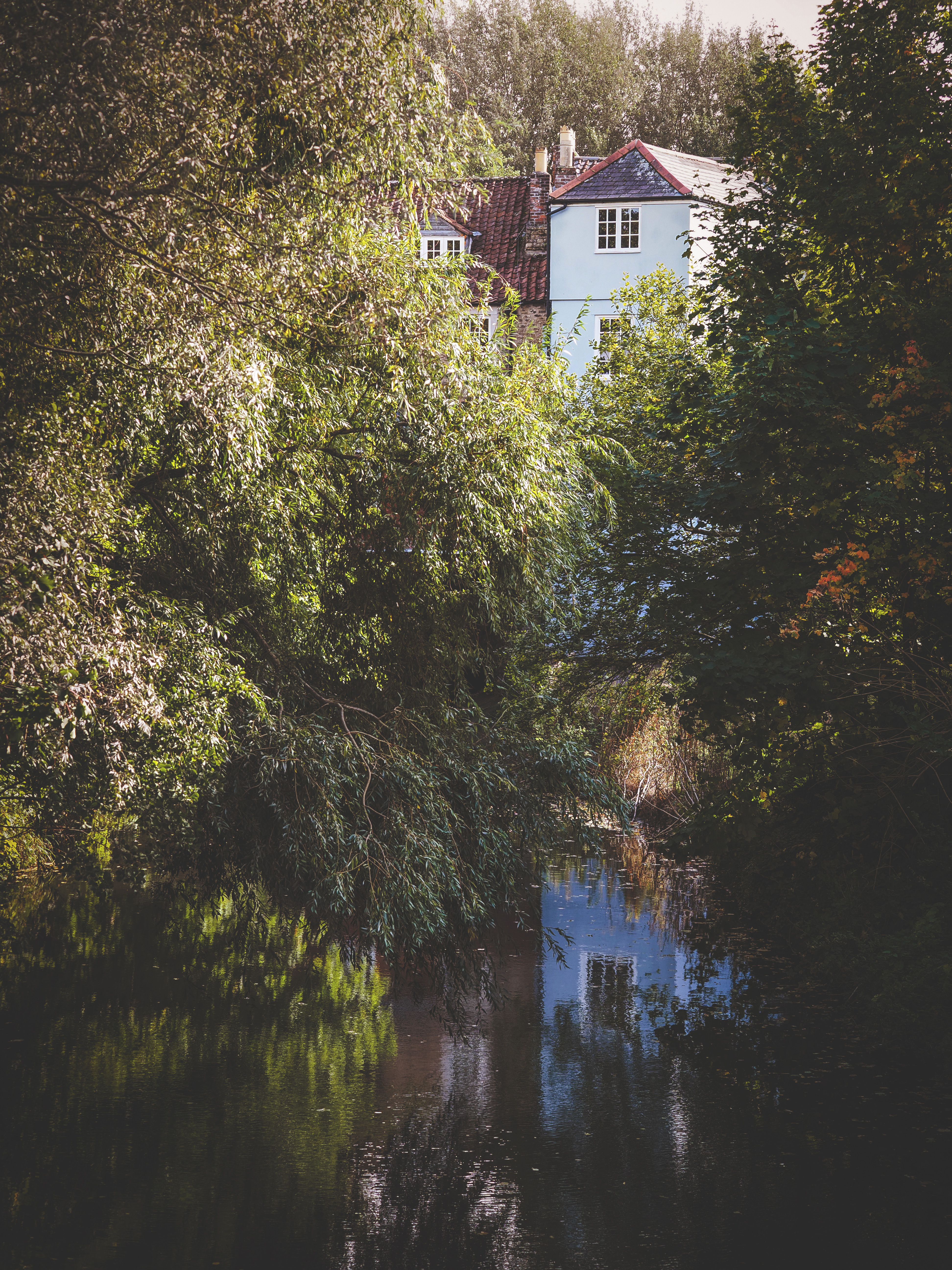
Other computational features include the fantastic Pro Capture, which starts recording images when the shutter is half-pressed – meaning you effectively capture all the images (up to 14 of them) in the moments before you press the shutter all the way down. Brilliant for that butterfly or kingfisher you spot on your travels!
There's also in-camera focus stacking, which composites eight shots into a single image for depth of field control (just as useful for low-light landscapes as it is macro images), along with Handheld High-Res Shot that enables you to shoot 50MP images – or 80MP RAW files, when used with a tripod.
The Starry Sky AF feature makes it easier to focus on pixel-sized stars, to make astrophotography even easier, and the magical Live Composite mode (for the easiest light painting, fireworks or lightning shots you'll ever take) resides on the 'B' mode dial setting for easy access.

OM System OM-5 review: Build and handling
Externally the OM System OM-5 is identical to the E-M5 III, save for the change of branding on the pentaprism nodule. Which means that you're getting the same super-compact 125.3 x 85.2 x 49.7mm body, that weighs a paltry 366g.
It means you're also getting the same resolution on the EVF and LCD screen, which at 2.36 million dots and 1.04 million dots respectively are serviceable but nothing too ambitious.
Likewise the controls and dials, repositioned from the E-M5 Mark II, are all in the same place as they were on the Mark III, with satisfyingly knurled exposure dials, a handily placed ISO button and a host of customizable levers and buttons – but no joystick, which remains exclusive to the flagship camera.
While the externals may look the same, the 5-series now boasts IP53 weather sealing for the first time – which matches the stellar dust and water protection of the flagship OM-1. For our money, short of one of the best waterproof cameras that are built for the job, this is the system and sealing we trust the most when it comes to shooting in bad weather or dusty conditions.
The OM-5 is a good Goldilocks camera in terms of size, fitting neatly into most pairs of hands. And for the bear-pawed among us, whose pinky fingers sometimes hang off the bottom, the existing ECG-5 Dedicated External Grip for the E-M5 III is compatible. Its size and weight makes it pair particularly well with the M.Zuiko f/4 Pro zoom lenses, along with the M.Zuiko 20mm f/1.4 Pro.

OM System OM-5 review: Performance
The 5-series cameras have often benefited from advances passed down from the flagship 1-series, and the OM System OM-5 is no exception. While the autofocus in the E-M5 III was great, here we get the benefit of an even more advanced AF system.
The improved face and eye detection makes street photography, where this camera truly shines, an absolute breeze – locking on quicker and faster, even with side-on faces that can often trick autofocus systems. Again, the Starry Sky AF takes the guesswork out of manually focusing when shooting astrophotography – and combined with the stellar stabilization, makes it feasible to shoot handheld starscapes on the fly.
That stability is also supremely useful for video, producing gimbal-like smoothness if you know what you're doing with the camera. There is no longer a limit to the recording time, footage can be captured in OM-Log400 if you want to grade your footage later, and vertical video can now be captured for seamless sharing on social.
Another great addition to the video capability here is that the OM-5 can function as a webcam without the need for any software – simply plug and play, and get streaming your video.
The OM-5 is simply a joy to shoot with, and combines the spontaneous shooting of your phone with the image quality you expect of a true camera. Take this on your next trip and you won't be reaching for your phone to take that surprise shot.
Its compact form factor means you can slip it into your hiking backpack or sling bag with a single zoom lens and still have room for your Thermos, packed lunch, change of clothes and everything else you take on an outdoor adventure – enabling you to get the most out of your passions without having to pack a bloated camera setup.
OM System OM-5 review: Sample images






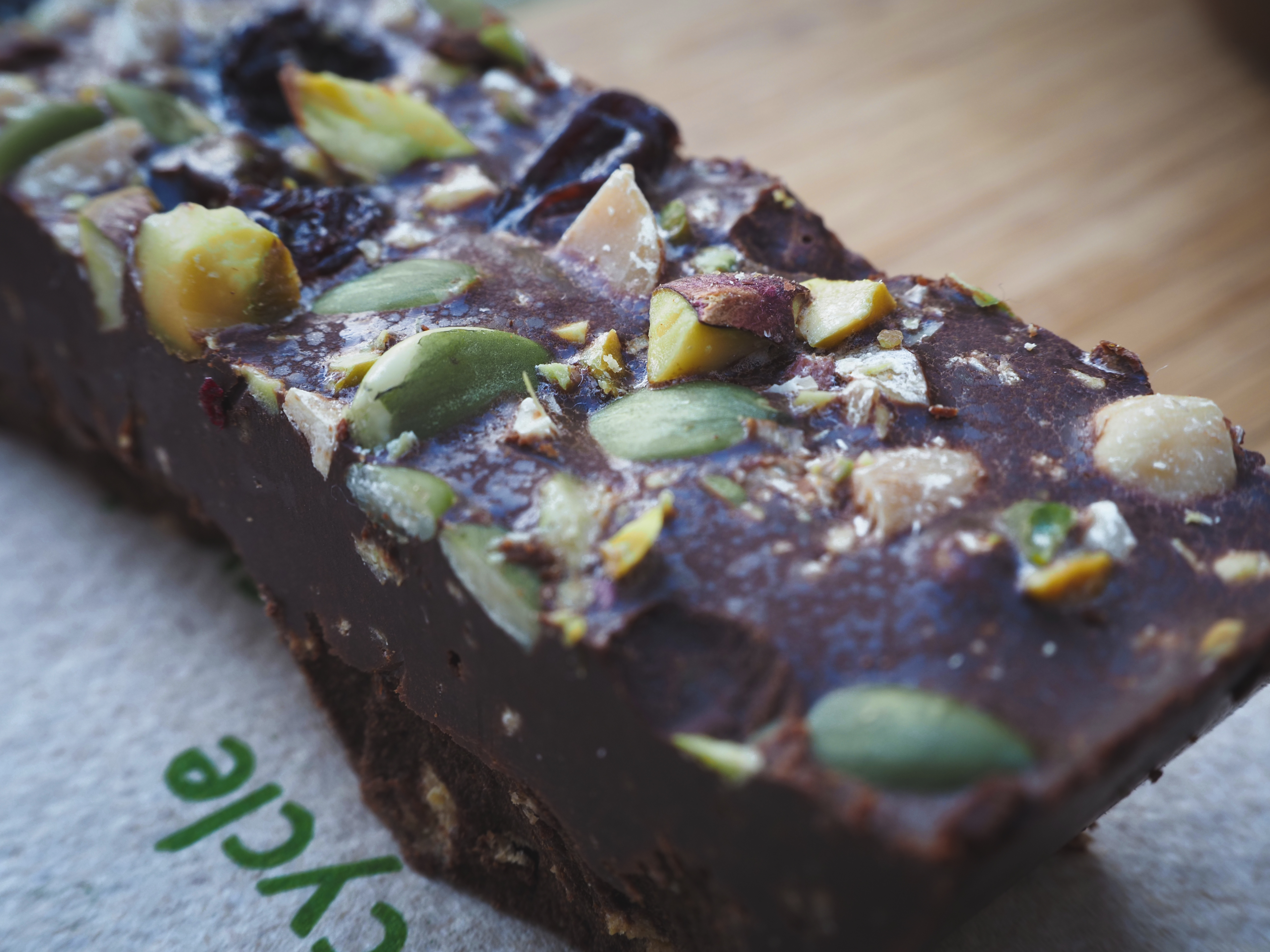
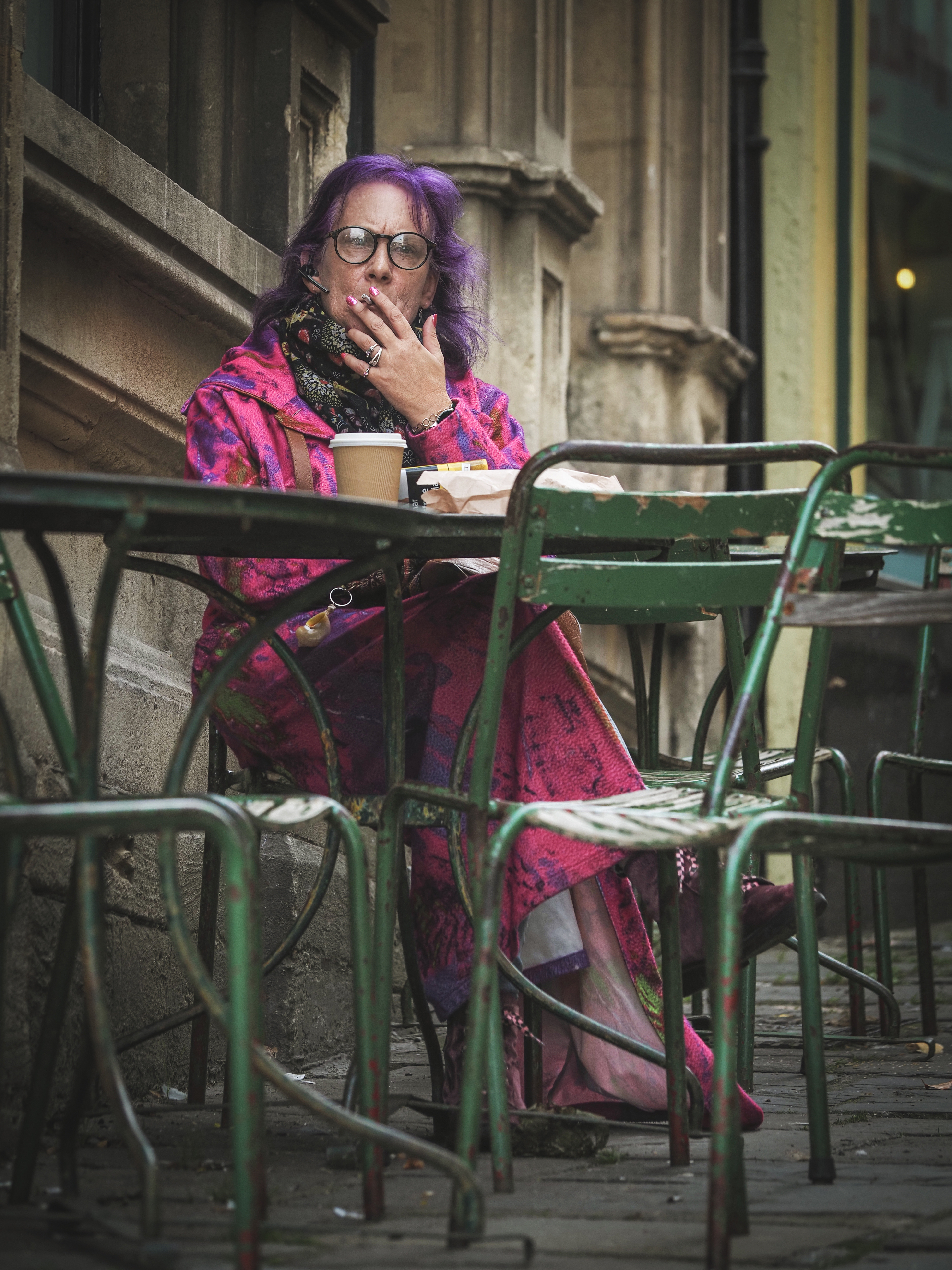
OM System OM-5 review: Lab results
For our lab data comparison, we compared the OM-5 to three rival mirrorless cameras in a similar same price range: the Canon EOS R10, Fujifilm X-S10, as well as the OM-5's direct predecessor, the Olympus OM-D E-M5 Mark III.
We test resolution using Imatest charts and software, and dynamic range and signal-to-noise ratio with DxO Analyzer.
Resolution:
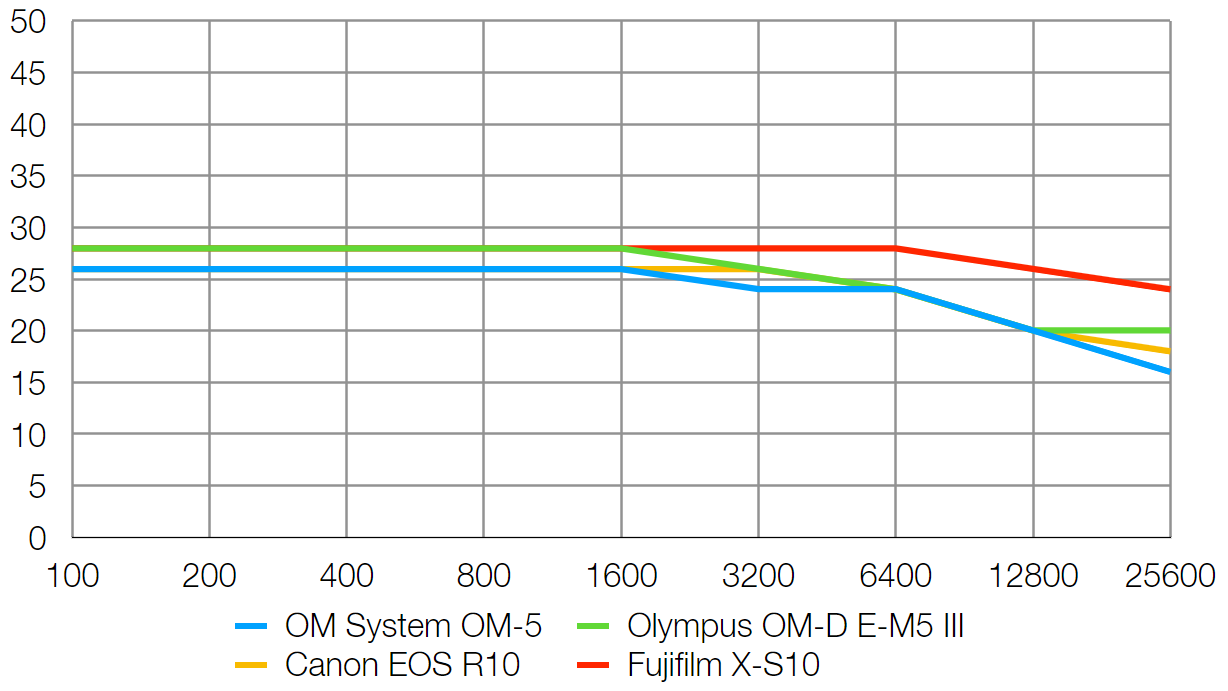
Resolution is measured using standardized text charts which give results in line widths / picture height, which is independent of sensor size.
With both Micro Four Thirds (MFT) cameras offering the same 20.4MP sensor resolution, the OM-5 is capable of resolving comparable amounts of fine detail to its Olympus predecessor, as well as the 24MP EOS R10. This test does contain an element of subjectivity, so small scoring differences don't necessarily reflect a significant difference in real-world detail capture.
Dynamic range:

The OM-5 manages to capture around 1EV more dynamic range than the E-M5 III at lower sensitivities, even managing to rival the X-S10 in this test. The gap closes at ISO 6400 and above, but the OM-5 is still a force to be reckoned with.
Signal-to-noise ratio:

This test compares the amount of random noise generated by the camera at different ISO settings as a proportion of the actual image information (the 'signal'). Higher values are better and we expect to see the signal to ratio fall as the ISO is increased.
Both MFT cameras are very closely matched when it comes image clarity – differences in each camera's image processing are the likely cause of the slight deviation in scores.
OM System OM-5 review: Verdict
Do you want the coolest features of the OM-1, without the size or price? The OM System OM-5 turns clever computational technology into easy-to-use tools, liberating you from tripods and filters, enabling you to focus on the adventure you're having – rather than focusing on your kit and missing the adventure.
Its everyday 20.4MP resolution can be boosted to 50MP and 80MP if you really need it. You can shoot 4K video in log if you want to. Use Pro Capture to record every split second of a bird taking off, or Live Composite to turn flashes of lightning into ferocious forks of abstract art. Take silky smooth waterfall shots without bringing ND filters, or focus stack insect images for all the depth of field you want.
For an all-in-one tool that will enable you to make the most of your outdoor pursuits, the OM-5 is the perfect adventure buddy.
Read more:
Best Olympus cameras (OM System)
Best Olympus lenses (OM System)
Best Micro Four Thirds cameras
Best Micro Four Thirds lenses

James has 22 years experience as a journalist, serving as editor of Digital Camera World for 6 of them. He started working in the photography industry in 2014, product testing and shooting ad campaigns for Olympus, as well as clients like Aston Martin Racing, Elinchrom and L'Oréal. An Olympus / OM System, Canon and Hasselblad shooter, he has a wealth of knowledge on cameras of all makes – and he loves instant cameras, too.

